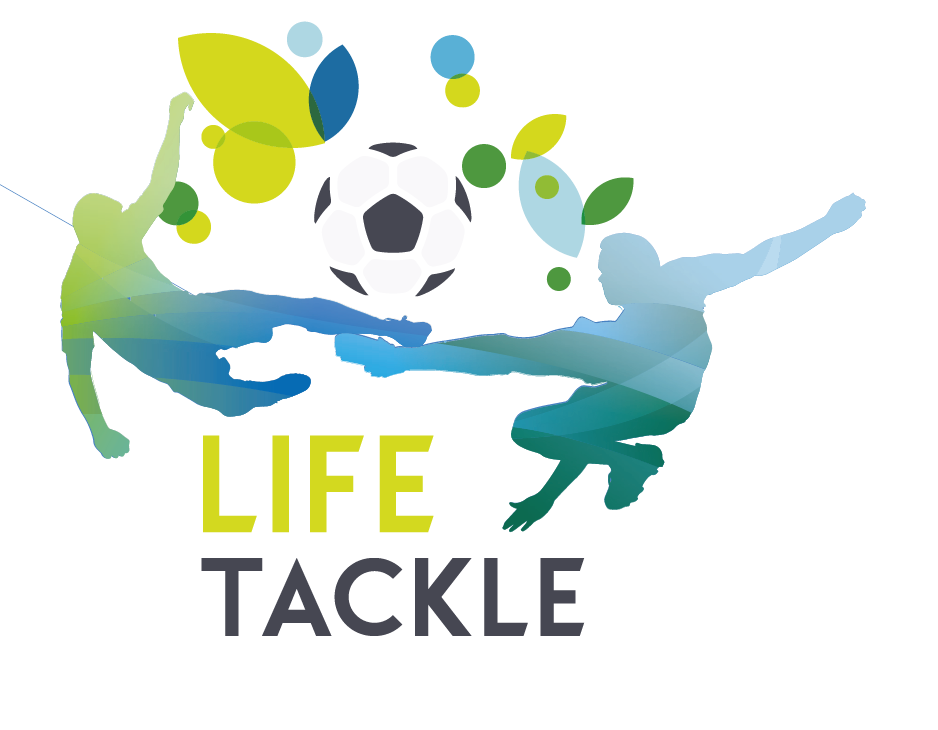“What we are doing and we continue to do is consider how to best address the environmental and health impact of microplastics and encourage the development of sustainable alternatives,” Bertaud added.
Microplastics are very small particles of plastic produced either unintentionally as a consequence of the wear and tear of larger pieces of plastic, for example, synthetic textiles; or deliberately manufactured for a specific purpose, as it is the case with infill material for artificial turfs.
Microplastics are a source of pollution and once in the environment can be transferred to the soil, cumulated by animals and end up being consumed by human beings.
Artificial turfs as a source of microplastics
Artificial turf pitches “are a substantial source of microplastics to the environment”, between 18,000 and 72,000 tones per year, and according to ECHA the infill material used in this facility -small pieces of end-of-life tyres- falls under the definition of “intentionally added microplastics.”
Although artificial turfs used for sports practice are considered to be an environmentally friendly alternative to grass as they are often made out of recycled plastics and allow to reduce the use of water in the pitches, their ecological impact could be important too.
After an investigation launched in 2018, ECHA decided to propose an EU-wide restriction of the use of intentionally added microplastics aimed at avoiding the release of 400,000 tones of micro-plastics within 20 years.
Artificial turfs would be affected by restrictive measures if ever agreed. However, “neither ECHA nor the European Commission is proposing that these pitches should be closed,” the EU body clarified.
Actually, ECHA launched a public consultation on the socio-economic impact of phasing out microplastic infill material, including the need to use alternative substances on existing pitches “such as cork, coconut fibre, olive cores or other alternative materials.”
Potential health risks
In 2016, the Commission commissioned ECHA to analyse potential risks for the health of plastic-made artificial turfs as well, as the material used in its production often contains hazardous substances.
ECHA assessment concluded that there was “at most, a very low level of concern from exposure,” as the concentration of hazardous material was very “negligible” and below the limits the EU allows.
However, the Dutch National Institute for Public Health and the Environment and ECHA put forward a proposal for a potential restriction of eight polycyclic aromatic hydrocarbons found in granules and mulches used in synthetic turf pitches.















Follow our journey